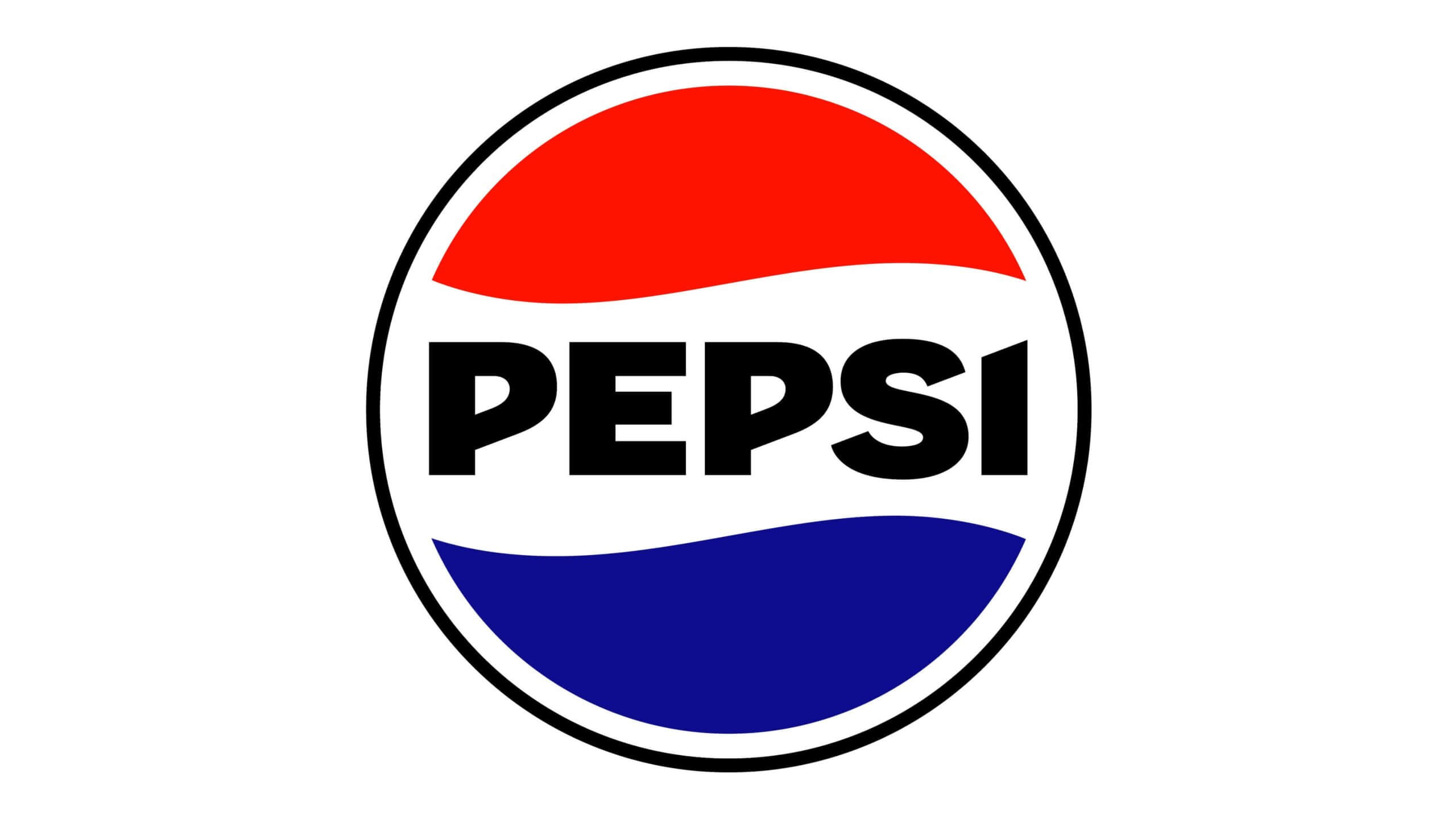Have you ever tried to draw a famous logo from memory and found it wasn’t as easy as you thought? Why do we remember some logos perfectly while others become a blur of colors and shapes? In this article, we explore the fascinating challenge of recalling logos from memory and uncover what makes some logos stick with us, while others slip away.
Have you ever thought you could perfectly picture a logo in your mind, only to find out you got some details wrong? You’re not alone! Our brains have an interesting relationship with logos—those small, powerful images designed to be unforgettable. Yet, when asked to recall logos from memory, we often miss a detail or two. Let’s dive into why this happens, and what it means for branding.
Table of Contents
What Is the “Logos From Memory” Challenge?

The “Logos From Memory” challenge is a popular trend where people attempt to draw well-known logos based solely on memory. The results can be hilarious, but also surprisingly insightful. From slightly off proportions to completely missing elements, this exercise reveals just how much (or little) we truly remember.
The Science and Psychology Behind Remembering Logos
How Memory Works in Logo Recognition
Memory works through association, and logos are often tied to specific emotions, experiences, and cultural references. When we see a logo design repeatedly, our brains create shortcuts that allow us to recognize it instantly. But recalling those logos without any cues? That’s a different story.
Why Simple Logos Are Easier to Remember
Ever wondered why some logos seem easier to recall? Simplicity is key. Logos like Nike’s swoosh or Apple’s bitten apple are easy to remember because they are minimalistic and leave a strong visual imprint. The fewer the details, the easier it is for the brain to retain and retrieve the image.
The Power of Simplicity in Logo Design

Take the Nike swoosh, for example. It’s a single, smooth curve. No words, no intricate designs—just a simple shape that’s immediately recognizable.
Apple’s logo is similarly minimal, with a clean, modern apple silhouette. These designs are memorable because they don’t overload the brain with unnecessary information.
When drawing the simplest logos from memory believe it or not a lot of people still drawn these incorrectly.
Famous Logos We Think We Know
Apple’s Logo: The Bite of Simplicity

Apple’s logo is one of the most famous and recognizable logos in the world, yet people often forget which side the bite is on when asked to recall it from memory. Its simplicity is part of its power, but even simple logos can be misremembered.
Nike’s Swoosh: Minimalism at Its Best

The Nike swoosh is another globally recognized symbol, yet when people try to draw it, they often struggle with its proportions. Despite being one of the simplest logos out there, it’s a reminder that our brains can remember concepts more than details.
McDonald’s Golden Arches: A Global Icon

McDonald’s golden arches are probably the most famous fast-food logo in the world. But when people are asked to draw it, they often get the curves wrong, or forget that the “M” is formed by two arches, not a single continuous curve.
How Accurate Are Our Memories of Logos?
Psychological Studies on Logo Recall
Studies have shown that people are often confident in their ability to recall logos, yet the accuracy of their drawings is far from perfect. Our brains tend to simplify and alter images to fit patterns we’re more familiar with, leading to distorted memories.
How Shape and Color Influence Memory
Colors play a huge role in how we remember logos. Think of the red in Coca-Cola or the yellow of McDonald’s. These color associations are deeply ingrained in our minds, which is why brands focus so much on consistency in their color schemes.
We have two good articles about colour and shape phychology in logo design.
- Colours that Define Your Brand: Unlocking the Power of Colour Psychology in Logo Design
- The Psychology of Shapes in Logo Design
Why Do People Forget Key Logo Details?
When drawing logos from memory, people often leave out or alter key details. Why? It comes down to the way our brain processes information. We tend to focus on the most noticeable features, like colors or overall shapes, and forget the finer details like alignment or exact patterns.
The Mandela Effect and Logo Misremembering

Have you ever been convinced a logo looked one way, only to realize you were wrong? This is an example of the Mandela Effect—a phenomenon where a group of people all remember something incorrectly.
Logos like the Fruit of the Loom are often misremembered, with people swearing there used to be a cornucopia in the design when there never was. The Mandela Effect highlights how our collective memory can play tricks on us, even with something as simple as a logo.
Fruits of The Loom Logo Design Evolution and History
You can clearly see there has never been a cornucopia in the logo design from 1917 to it’s current logo design in 2000.

The Role of Logo Simplicity in Brand Recall
The Power of Minimalism in Logo Design
Logos that are simple, like those of Twitter or Target, tend to be easier to remember. These logos focus on strong shapes and limited colors, creating a clean, memorable design.
Complex Logos: More Memorable or Forgettable?
Logos with intricate designs, while visually appealing, can be harder to remember. Think about the logo of Starbucks, which is beautiful but filled with detail—most people wouldn’t be able to draw it accurately without a reference.
How Brands Leverage Logo Recognition for Marketing
Creating Emotional Connections Through Logos
A well-designed logo isn’t just about looks—it creates an emotional connection with its audience. People associate brands with their logos, and this familiarity can lead to loyalty and trust.
Why Consistency Is Key in Branding
For logos to be memorable, consistency is crucial. Brands that constantly tweak or update their logos risk losing recognition, as consumers associate them with a specific look. That’s why big companies stick to subtle changes over time, rather than complete overhauls.
What Happens When Logos Change?


Famous Logo Redesigns: Hits and Misses
When companies update their logos, the public often has strong opinions. Some redesigns, like Pepsi’s, have been criticized, while others, like Instagram’s 2016 change, were initially controversial but have become widely accepted.
Checkout: the best global rebrands and logo redesigns of major brands!
How Logo Updates Affect Brand Recognition
Changing a logo too drastically can confuse loyal customers, as they might not immediately recognize the brand. That’s why companies often keep the essence of their logos intact during updates.
The Fun Side of Logos: Drawing Them From Memory

Popular “Draw From Memory” Challenges
These challenges have taken over social media, with people attempting to draw famous logos like Starbucks, BMW, and Google. The results? Often hilarious, but also insightful, showing how we truly “see” logos.
How These Challenges Reveal Brand Strength
If most people can recall the core elements of a logo, it speaks to the strength of that brand’s identity. These memory challenges highlight which logos have successfully imprinted themselves in our minds.
Common Mistakes When Drawing Logos from Memory
When people try to recreate logos from memory, they tend to make similar mistakes:
- Overcomplicating simple designs: Logos like Apple’s are often drawn with unnecessary details that don’t exist in the real logo.
- Misremembering colors: People frequently swap or mix up colors, especially in logos like Google’s.
- Focusing on irrelevant details: Many get caught up on small aspects, like extra lines or shapes, while missing the overall form.
What Makes a Logo Memorable?
The key factors in making a logo memorable are simplicity, uniqueness, and consistency. The logos we remember best are those that don’t overwhelm us with details but instead leave a lasting impression with their core design elements.
Tips for Designing a Memorable Logo
Keep It Simple and Scalable
A memorable logo is one that can be easily scaled up or down without losing its clarity. Simplicity is key.
Use Colors Wisely
Colors are powerful in triggering memories, so choosing a consistent and distinctive color palette can make your logo unforgettable.
Focus on Uniqueness
Your logo should stand out from the crowd. Avoid copying trends or other designs—be original and think about what makes your brand different.
Real-Life Examples of Logos Misremembered
Many well-known logos are often misremembered in everyday life. For example, people might think the Volkswagen logo has more spacing between its “V” and “W,” or assume the Google logo has an extra color.
Conclusion: The Power of a Memorable Logo
A logo isn’t just a graphic—it’s a brand’s identity boiled down to a single image. The best logos are simple, memorable, and evoke an emotional response. While we might misremember certain details, the logos that leave the greatest impression are those that stick with us, whether we’re seeing or drawing them.
Here is a fun game you can try and see how well you do!
Further Reading:
- 10 Examples of Powerful Global Branding
- Learning from the World’s Most Famous Logos
- Best Global Rebrands and Logo Redesigns of Major Brands
- Logo Evolution: How Famous Logos Evolved Over Time
- Most Expensive Logos In The World
- Every Good Logo Tells a Story! 40 Famous Brand Logos & Their Hidden Secrets
- Famous Logo Designers and Their Distinctive Style
- Using the Golden Ratio in Logo Design
- 20 Famous Brand Logos Constructed in Grid Systems
- 14 design principles of good logo design
- 10 Common Logo Design Mistakes to Avoid for Stronger Branding
- Are Logos Better Simpler?
- Famous Logos & Their Hidden Meanings Revealed
Join The Logo Community
We hope you enjoyed this article about Logos From Memory: How Well Do We Remember Iconic Logos? If you would like more personal tips, advice, insights, and access to our community threads and other goodies, join us in our community.
You can comment directly on posts, access our community threads, have a discussion and ask questions with our founder Andrew.
If you’re looking to learn more about brand strategy, we highly recommend eRESONAID with our friend and acclaimed brand strategist and author Fabian Geyrhalter, it’s packed full of knowledge and insights you will need to learn to become a brand strategist or apply what you learn within your own business.

